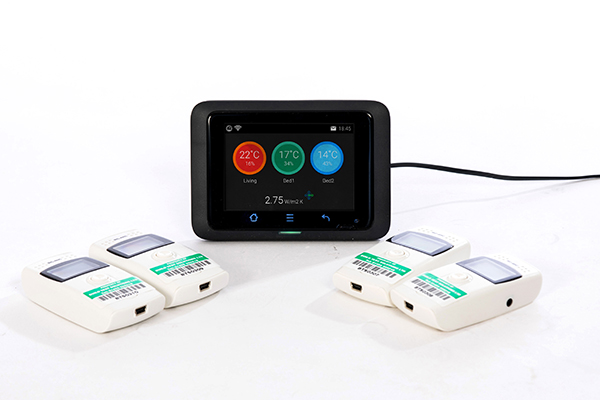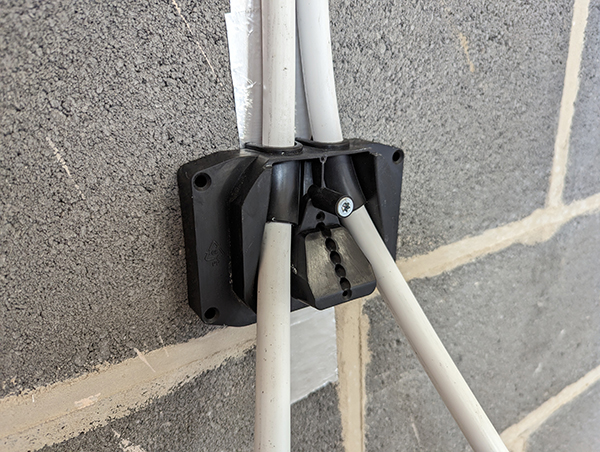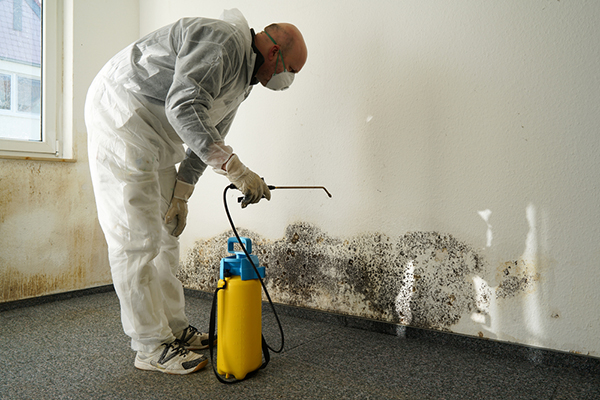Heating and Ventilation
Vent-Axia Celebrates Global Recycling Day
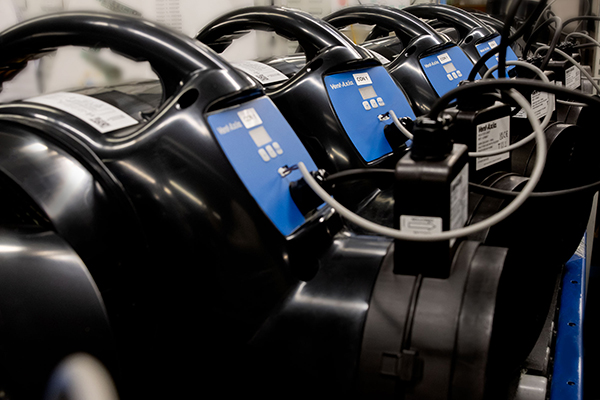
Ventilation industry leader Vent-Axia is celebrating Global Recycling Day, which takes place on 18 March 2024. This year the theme for Global Recycling Day is ‘Recycling Heroes’. Vent-Axia is committed to reducing its environmental impact and has set clear sustainability targets including that 90% of the plastic it uses in its own manufacturing to be from recycled sources by the end of FY2025. Currently this figure is already at 83% and the company is on track to hit the 90% figure. Vent-Axia has achieved this by leading the way in the ventilation sector with a market transformation to manufacturing from recycled material to improve indoor air sustainably.
- Read more about Vent-Axia Celebrates Global Recycling Day
- Log in to post comments
GRS-DUO-15: Helping you to achieve Future Homes and Buildings Standard
Enhance energy efficiency: Henco pre-insulated piping system in alignment with Part L building regulations
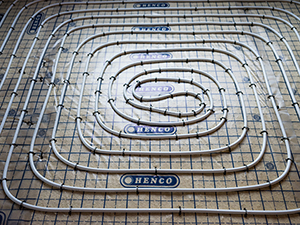
Lee Kenney, Sales and Country Regional Manager for UK and Ireland at Henco, tells us more about the new Part L Legislation and how UK homes can benefit from faster installation times and a more cost-effective solution by using the Henco pre-insulated multilayer piping system for heating projects requiring Part L compliance.
The Social Housing Decarbonisation Fund and heat pumps point the way to net zero
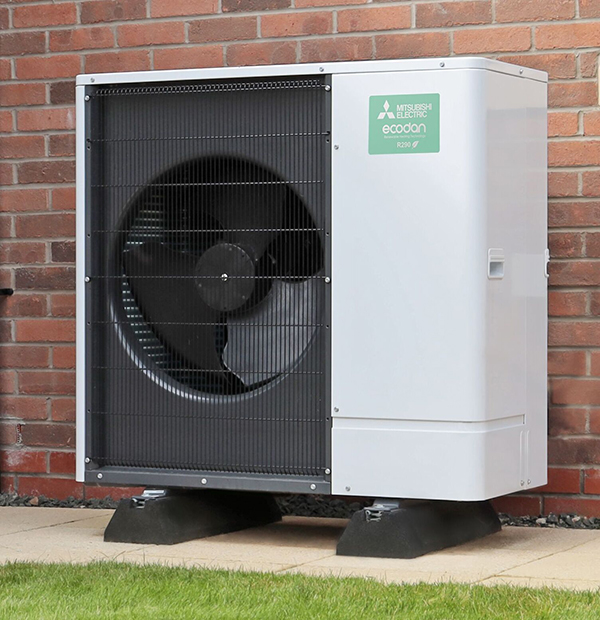
Optimism and excitement should be the order of the day. 2023 ended with an agreement at COP28 for a “transition” that should signal the “beginning of the end” of fossil fuels – the main driver of climate change. 2024 begins with high expectations in the UK of what can be achieved to get ever closer to net zero.
New water treatment for residential heating systems offers sustainbility benefits
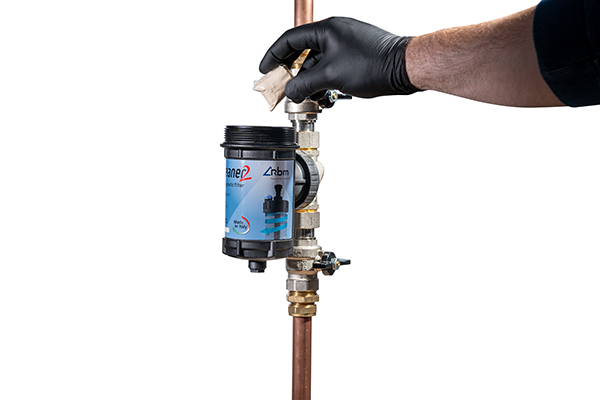
The search for sustainable solutions that help to drive forward the Net Zero Carbon future of heating systems here in the UK has moved on to the use of sustainable water treatment products that will ensure clean water flowing through traditional and renewable heating systems as well as offering a raft of other benefits that will help specifiers, installers and householders.
Are your properties suffering from mould or damp? We have the real solution...
Copyright © 2026. All rights reserved.
Designed By Euromedia Associates Ltd
















